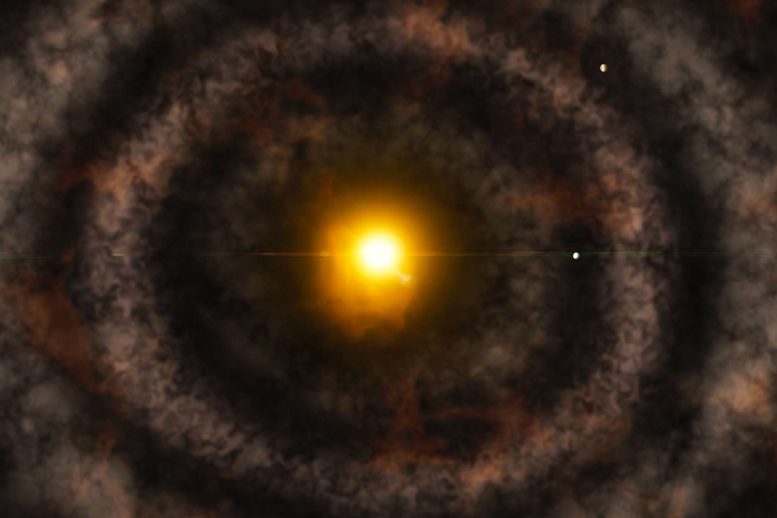
An MIT study suggests that a mysterious gap existed within the solar system’s protoplanetary disk around 4.567 billion years ago, and likely shaped the composition of the solar system’s planets. This image shows an artist’s interpretation of a protoplanetary disk. Credit: National Science Foundation, A. Khan
Scientists find evidence the early solar system harbored a gap between its inner and outer regions.
The cosmic boundary, perhaps caused by a young Jupiter or an emerging wind, likely shaped the composition of infant planets.
In the early solar system, a “protoplanetary disk” of dust and gas rotated around the sun and eventually coalesced into the planets we know today.
A new analysis of ancient meteorites by scientists at MIT and elsewhere suggests that a mysterious gap existed within this disk around 4.567 billion years ago, near the location where the asteroid belt resides today.
The team’s results, published on October 15, 2021, in Science Advances, provide direct evidence for this gap.
“Over the last decade, observations have shown that cavities, gaps, and rings are common in disks around other young stars,” says Benjamin Weiss, professor of planetary sciences in MIT’s Department of Earth, Atmospheric and Planetary Sciences (EAPS). “These are important but poorly understood signatures of the physical processes by which gas and dust transform into the young sun and planets.”
Likewise, the cause of such a gap in our own solar system remains a mystery. One possibility is that Jupiter may have been an influence. As the gas giant took shape, its immense gravitational pull could have pushed gas and dust toward the outskirts, leaving behind a gap in the developing disk.
Another explanation may have to do with winds emerging from the surface of the disk. Early planetary systems are governed by strong magnetic fields. When these fields interact with a rotating disk of gas and dust, they can produce winds powerful enough to blow material out, leaving behind a gap in the disk.
Regardless of its origins, a gap in the early solar system likely served as a cosmic boundary, keeping material on either side of it from interacting. This physical separation could have shaped the composition of the solar system’s planets. For instance, on the inner side of the gap, gas and dust coalesced as terrestrial planets, including the Earth and Mars, while gas and dust relegated to the farther side of the gap formed in icier regions, as Jupiter and its neighboring gas giants.
“It’s pretty hard to cross this gap, and a planet would need a lot of external torque and momentum,” says lead author and EAPS graduate student Cauê Borlina. “So, this provides evidence that the formation of our planets was restricted to specific regions in the early solar system.”
Weiss and Borlina’s co-authors include Eduardo Lima, Nilanjan Chatterjee, and Elias Mansbach of MIT; James Bryson of Oxford University; and Xue-Ning Bai of Tsinghua University.
A split in space
Over the last decade, scientists have observed a curious split in the composition of meteorites that have made their way to Earth. These space rocks originally formed at different times and locations as the solar system was taking shape. Those that have been analyzed exhibit one of two isotope combinations. Rarely have meteorites been found to exhibit both — a conundrum known as the “isotopic dichotomy.”
Scientists have proposed that this dichotomy may be the result of a gap in the early solar system’s disk, but such a gap has not been directly confirmed.
Weiss’ group analyzes meteorites for signs of ancient magnetic fields. As a young planetary system takes shape, it carries with it a magnetic field, the strength and direction of which can change depending on various processes within the evolving disk. As ancient dust gathered into grains known as chondrules, electrons within chondrules aligned with the magnetic field in which they formed.
Chondrules can be smaller than the diameter of a human hair, and are found in meteorites today. Weiss’ group specializes in measuring chondrules to identify the ancient magnetic fields in which they originally formed.
In previous work, the group analyzed samples from one of the two isotopic groups of meteorites, known as the noncarbonaceous meteorites. These rocks are thought to have originated in a “reservoir,” or region of the early solar system, relatively close to the sun. Weiss’ group previously identified the ancient magnetic field in samples from this close-in region.
A meteorite mismatch
In their new study, the researchers wondered whether the magnetic field would be the same in the second isotopic, “carbonaceous” group of meteorites, which, judging from their isotopic composition, are thought to have originated farther out in the solar system.
They analyzed chondrules, each measuring about 100 microns, from two carbonaceous meteorites that were discovered in Antarctica. Using the superconducting quantum interference device, or SQUID, a high-precision microscope in Weiss’ lab, the team determined each chondrule’s original, ancient magnetic field.
Surprisingly, they found that their field strength was stronger than that of the closer-in noncarbonaceous meteorites they previously measured. As young planetary systems are taking shape, scientists expect that the strength of the magnetic field should decay with distance from the sun.
In contrast, Borlina and his colleagues found the far-out chondrules had a stronger magnetic field, of about 100 microteslas, compared to a field of 50 microteslas in the closer chondrules. For reference, the Earth’s magnetic field today is around 50 microteslas.
A planetary system’s magnetic field is a measure of its accretion rate, or the amount of gas and dust it can draw into its center over time. Based on the carbonaceous chondrules’ magnetic field, the solar system’s outer region must have been accreting much more mass than the inner region.
Using models to simulate various scenarios, the team concluded that the most likely explanation for the mismatch in accretion rates is the existence of a gap between the inner and outer regions, which could have reduced the amount of gas and dust flowing toward the sun from the outer regions.
“Gaps are common in protoplanetary systems, and we now show that we had one in our own solar system,” Borlina says. “This gives the answer to this weird dichotomy we see in meteorites, and provides evidence that gaps affect the composition of planets.”
Reference: “Paleomagnetic evidence for a disk substructure in the early solar system” by Cauê S. Borlina, Benjamin P. Weiss, James F. J. Bryson, Xue-Ning Bai, Eduardo A. Lima, Nilanjan Chatterjee and Elias N. Mansbach, 15 October 2021, Science Advances.
DOI: 10.1126/sciadv.abj6928
This research was supported, in part, by NASA, and the National Science Foundation.


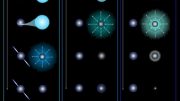
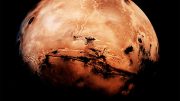
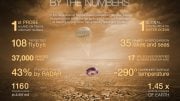


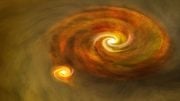
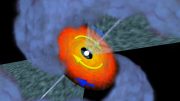
The principle of one thing leading to another counsels agains simply accepting “there was this GAP, see?” as if it were information. It sounds more like an imaginary Saturday morning cartoon character, or a priest, than something a serious science type guy might say.
Take the time to look for the ‘thing’ that swept clear the gap. This ‘thing’ sounds a hell of a lot like a planet, that isn’t around, here, anymore. If we don’t know about it already, then you can be god damned sure it’s NEW INFORMATION. And that’s what science is all about.
Don’t tell stories. Do the research. You’re onto something. Follow it. Where is that planet, now?
Frosted flake should understand science before commenting. The idea that a planet existed there (asteroid belt) is an old idea that cannot explain the chemical differentiation between the inner rocky planets and the outer gas giants. What frosted flake has effectively done is supply a solution and then look for corroborating evidence. That is not science.